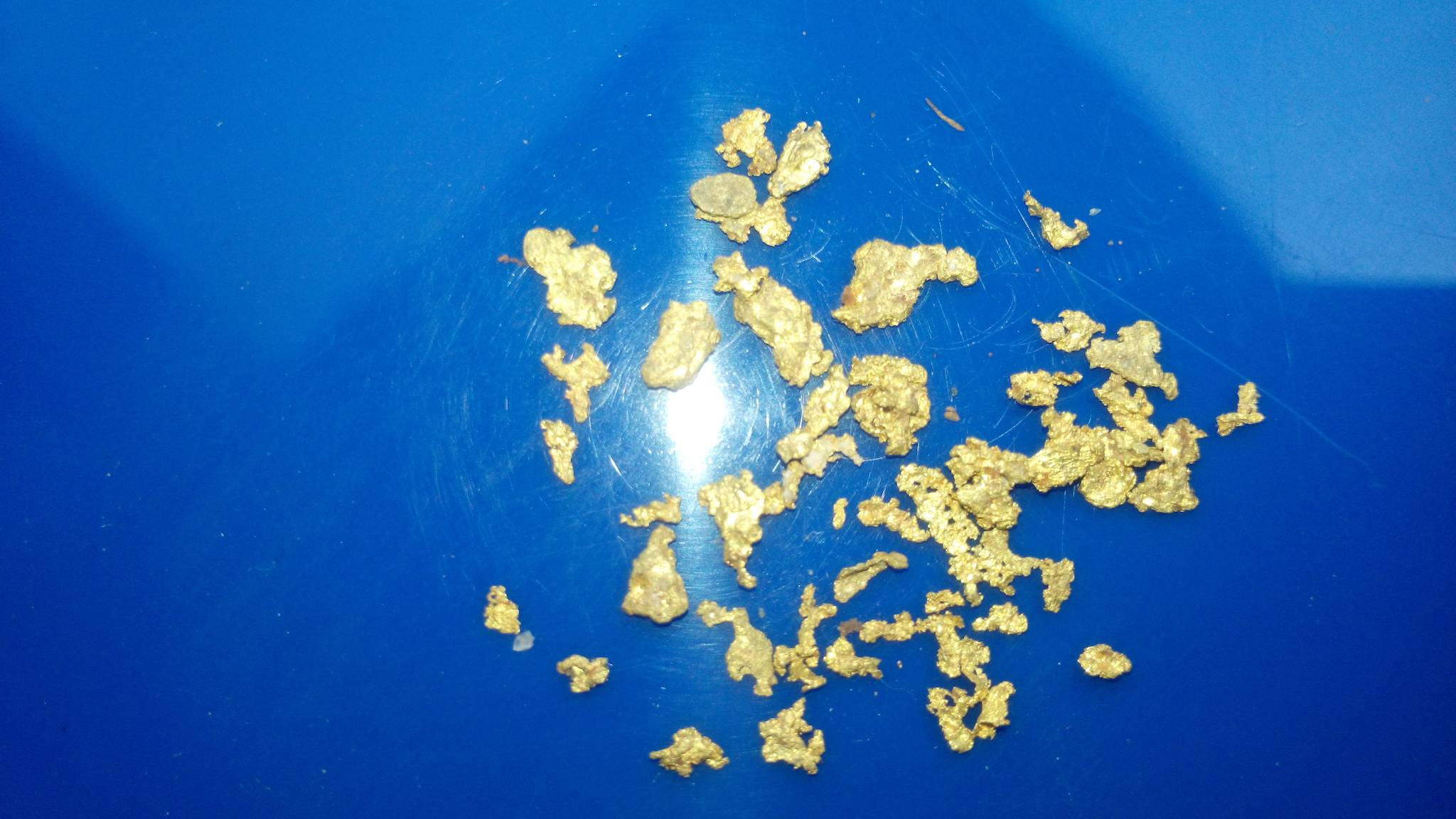

Gold, copper, and silver were worked briefly in an operation called the Chicago Mine between 18 in the north 1/2 of sec. Cox (2002) describes attempts to placer mine in Brunschweiler Creek in sec. Exploration for gold has also occurred in sections 15, 22, 23 and 34 in T.45N R.4W (U.S.G.S., 1976). Cox (2002) compiled additional references indicating silver was also found. Rarely, diamonds may also turn up during gold placer mining, as was the case along Plum Creek in Pierce County.Ĭheck with the Wisconsin DNR and property owners before doing any panning in Wisconsin.ĪSHLAND COUNTY: Old newspaper articles report a significant show of gold values at the Northern Belle Mine, W 1/2 SW Sec. As such, skill and practice are necessary in being an effective “panner.” The associated sand-sized “heavy minerals” such as red garnet and black magnetite sand are interesting in their own right. Wisconsin drift gold is generally in very small particles, constituting what is termed “flour gold,” with true nuggets being exceedingly rare. Weekend panning can be a fun recreational activity, as long as one’s expectations for valuable finds are not too high. Wisconsin glacial sediments contain small amounts of gold, and most Wisconsin streams are reworking some glacial sediment. Gold in small amounts can probably be found in placers in any county. The locations of suspected gold mines might also be vaguely located or deliberately mislocated in the literature. In researching gold reports, be aware that salting and fraudulent reports do occur and misidentification of materials such as pyrite and even bronzy-colored biotite for gold is common. Gold has been reported from a number of places in Wisconsin, but the known deposits are all small and not economically viable. Gold is also found in conglomerates that are lithified placer deposits. In placers, gold is associated with other dense or “heavy” minerals such as garnet, magnetite, ilmenite, and even diamonds. Cracks and crevices in bedrock over which a river rushes or has rushed are good places to prospect. These tendencies result in the gold accumulating along the contacts between sediment and underlying bedrock. In submerged gold-bearing sediments, slight shaking of the sedimentary column will cause the gold to sift down toward the bottom of the deposit. Where current action is strong, lighter materials are preferentially washed away, concentrating the gold in placer deposits. Because gold has a high density, it tends to settle out readily and be trapped with coarser sediments. Gold is resistant to weathering, hence is often freed from the surrounding rock and redeposited as sediment. Gold in veins is associated with sulfides, quartz, and calcite. It may also form in veins formed along major fault zones.

It may form in veins associated with large granite intrusions associated with mountain building. Gold may form in exhalative deposits formed on the sea floor associated with Archean basaltic sequences known as greenstone belts. (Specimen and photo by Pete Rodewald)ĭescription: Gold is usually found in hydrothermal deposits where it forms at a wide range of temperatures and geological settings.


 0 kommentar(er)
0 kommentar(er)
